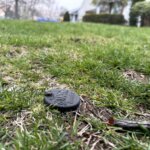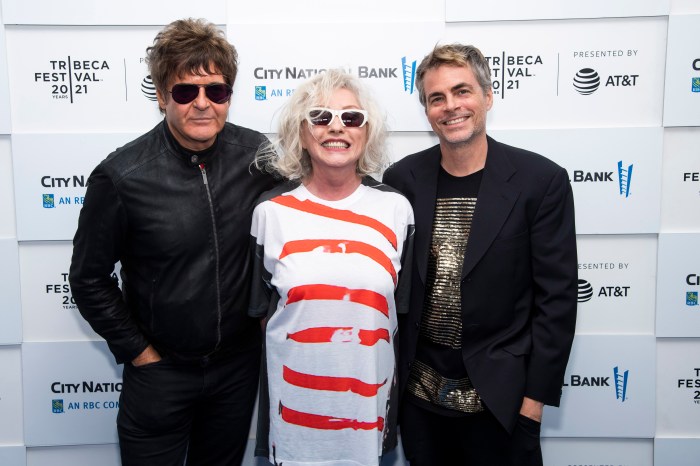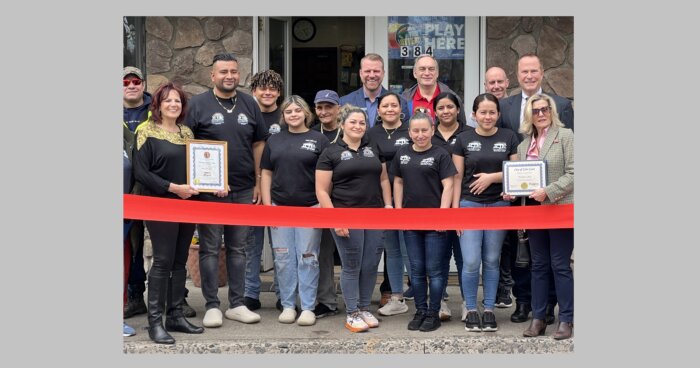
Long Island Aquarium has announced exciting news in aquaculture—One of their own, aquaculturist Todd Gardner, has successfully raised rare and expensive reef basslets through its entire larval stage.
“This is our first, big step – it’s big news and we are excited,” says Gardner in a statement. “We hope with each successive attempt, we are able to get more to survive and to produce a lot more of them to study.”
Reef basslets are a group of small fishes that are highly desirable to aquarium hobbyists for many reasons. One desirable quality is their bright colors and peaceful demeanor. Not only are they great to have in a tank, they’re super rare—The fishes can be found at great depths, more than 500 feet for some species and live in secretive habits make them extremely difficult to catch.
Depending on the species, Reef basslets go for up to $1,000.
Reef basslets have been the target of research for years and have proved to be a challenge—They have a long and complex larval stage (the period between hatching and settling down for their adult existence), which has prevented them from ever being raised in captivity.
“In the wild, basslet larvae spend months drifting in the open ocean before they settle down for their life on a coral reef,” says Long Island Aquarium in a press release.
Gardner, who also works with seahorses and clownfish, has been working with the reef basslets for years after receiving two as a gift to the Aquarium. But this time was different.
“After a fateful 69 days, this batch of about 12 has moved into the ever-elusive settlement stage and can be found successfully living in crevices in their tank behind-the-scenes at the Aquarium,” says the Long Island Aquarium in a press release. “Gardner believes that it’s a combination of elements that added to this current batch’s success. From finding the right first food for the baby and just the right time to feed it to selecting the right tank size, shape, and even color, perhaps even the way in which he collected the microscopic eggs, separated and disinfected them.”


























